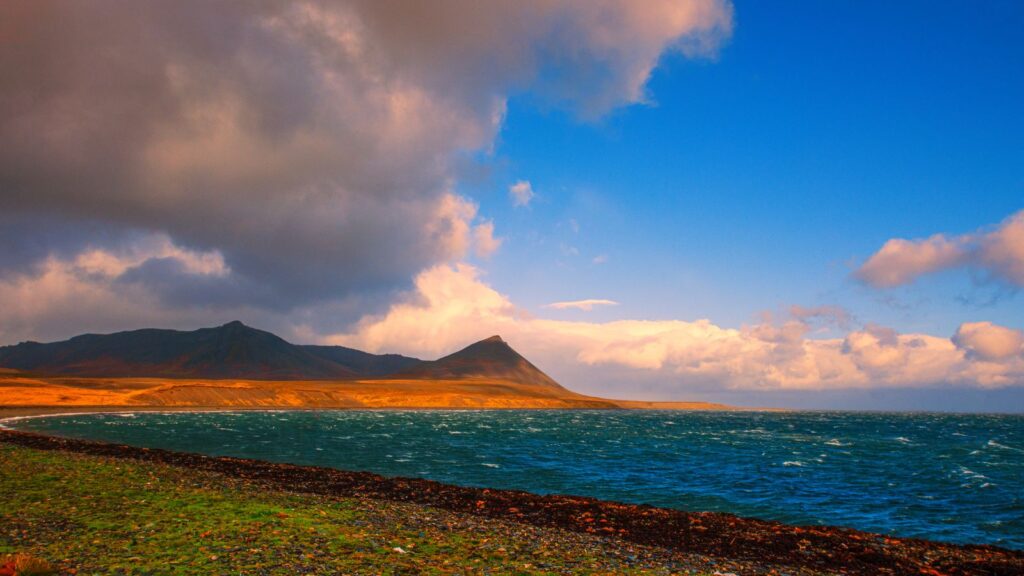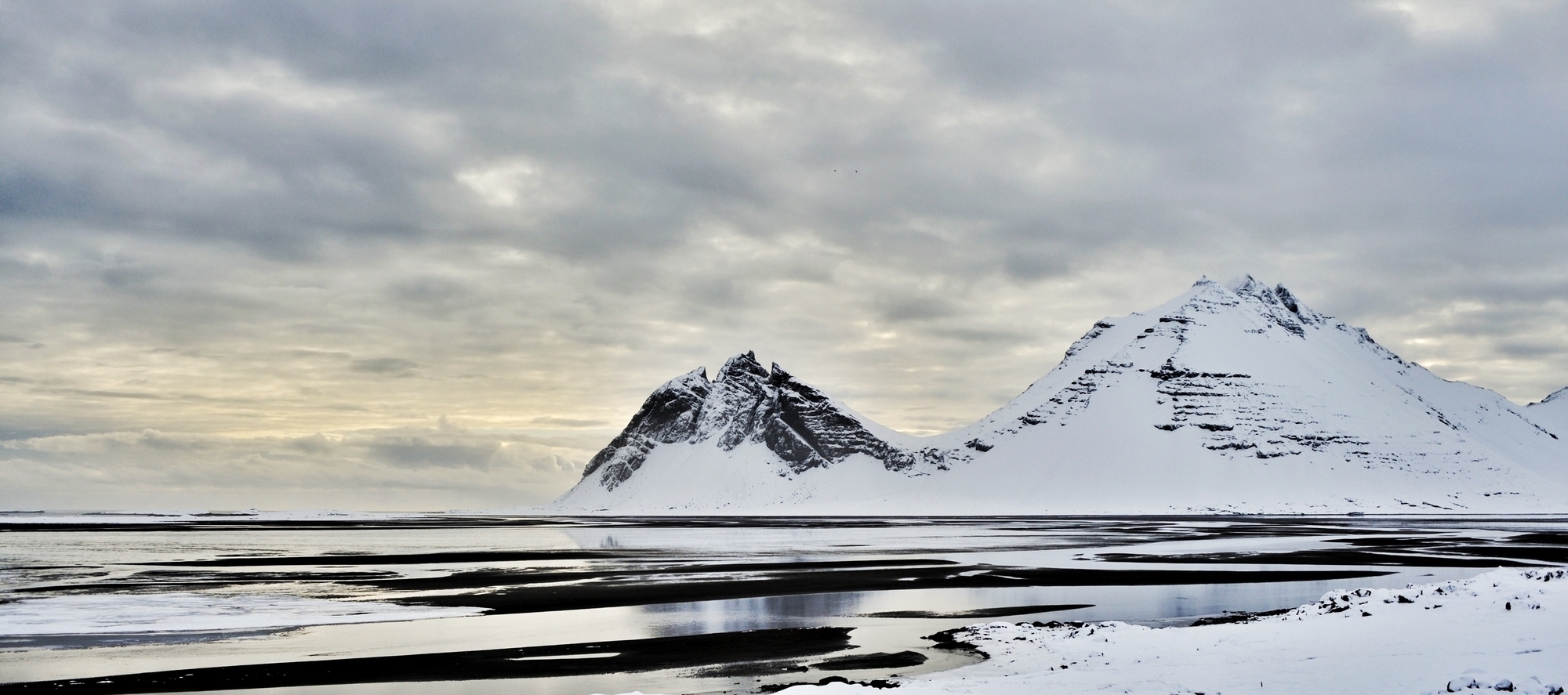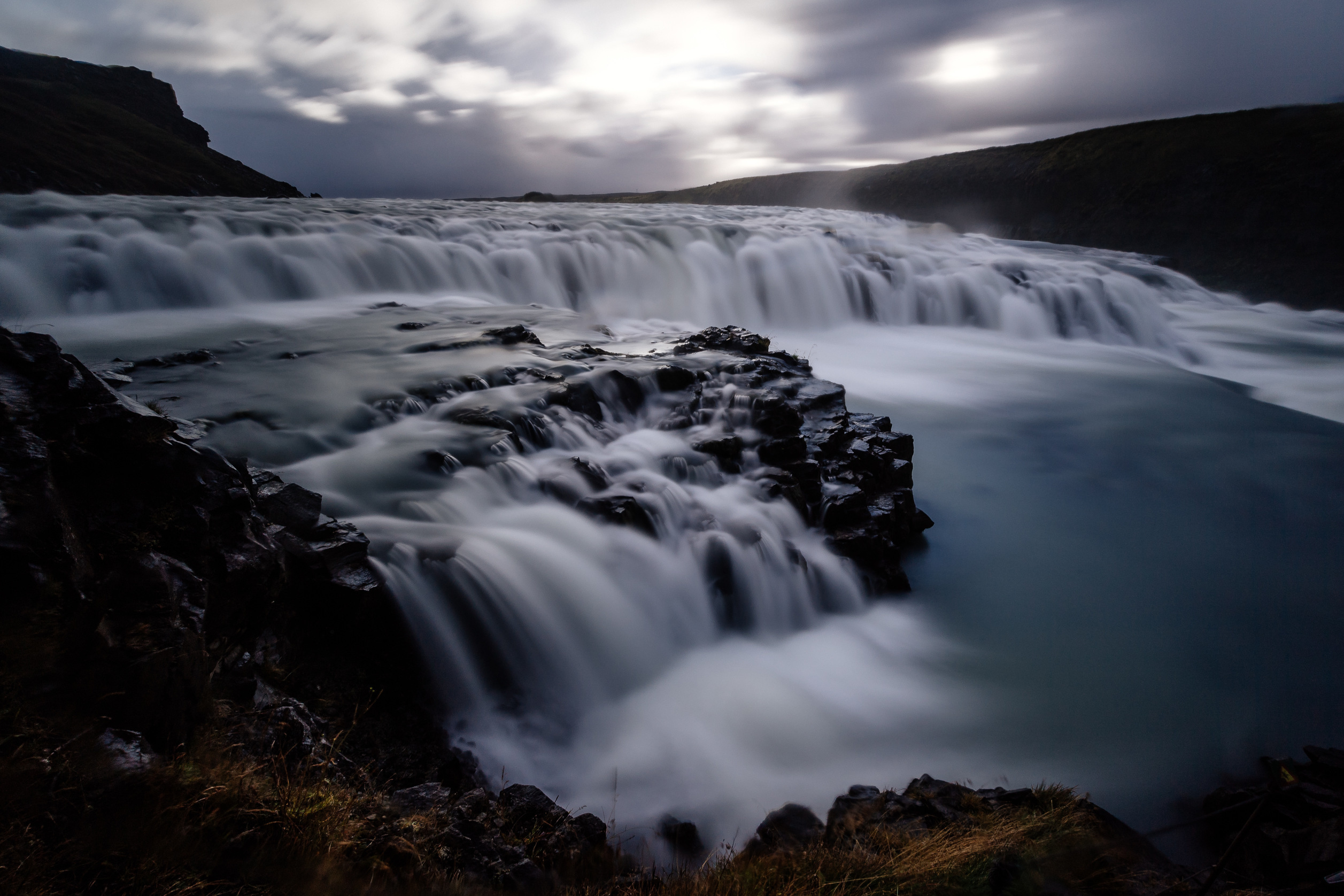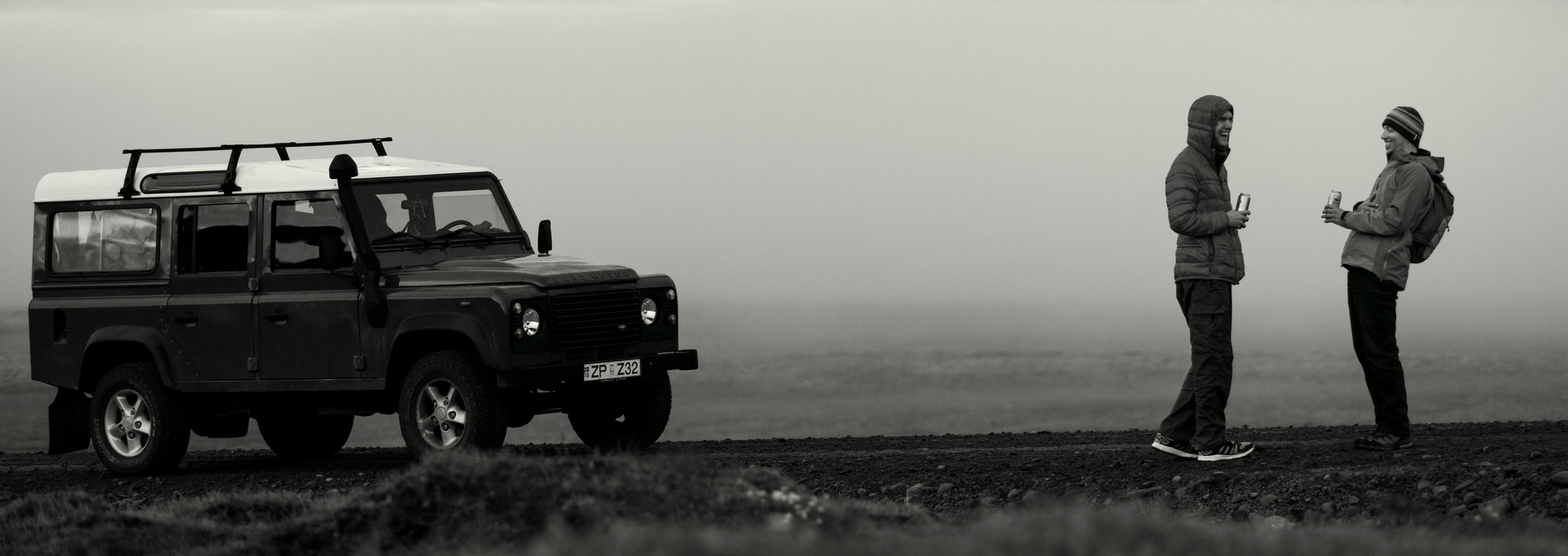Weather in Iceland
Most of you have probably heard the saying “If you don’t like the weather in Iceland, wait 15 minutes!”. Although it sounds like a joke, there is some truth to it. From September to maybe April, this is certainly the truth. Driving around Iceland during “high season” for bad weather means one has to be vigilant when it comes to weather updates, road conditions in the area you plan to drive.
Travel apps
There are several ways to be up to date with the weather forecast. One can use apps from Accuweather or use the Norwegian met office like many here in Iceland does. We recommend you download the app from the Icelandic met office. There is an Andoid version and an iPhone version.
It’s also highly recommended you follow road updates on the homepage of the Icelandic road and coastal administration.
The people at SafeTravel is not only vigilant when it comes to weather and road conditions, they are also the guys who are running a free, very helpful program for tourists coming here to drive or hike on their own. If you would leave them your travel plan, you are increased your safety already. A win/win situation.
It’s also a good idea when the weather is unpredictable, to leave your travel plans with the hotel when you check out. Nobody is spying on you, we all only want you to be safe.

Winds
Our winds can sometimes be intimidating due to pure, brutal force. Wind gusts can be magnified in places like mountain slopes, valleys, open areas and the wind factor needs to be taken into consideration while driving here. Slower speeds than usual and precation taken is needed when for example coming up to a mountain slope or to a sudden opening in the landscape.
When parking, try to park the car in to the wind so the wind won’t grab your door and rip it out of your hands and cause damages to the car. If it’s not possible, open one door at a time, preferably the one with the least wind on it first and one can help each other to ensure your safety and not to damage the car.
Read more: Rental car damage assessment

Snow
If you want snow, you have come to the right place…. or not. There are no hard core rules with that anymore but one can say, the further north you go, the bigger chance or the more snow you will get.
Saamis (the indigenous people of northern Scandinavia) and the Inuits in Greenland have a wide variety of words for snow or rather words to describe the different types of snow. We probably have all the types of snow here too but just not words for all of them. We have everything from big, wet snowflakes that turns to mush the second it lands on the ground (sleet) to snowflakes big as paper plates leisurely and silently covers the ground, to snow fine as dust blowing in sideways and creating snowdrifts everywhere. And we have everything in between too. The one thing all types of snow have in common is that all types requires attention while driving and it needs preparation before going on a long journey.
Read more: Driving in snow
As mentioned here above, let someone know of your trip, when you are leaving, the chosen route and when you are expected to arrive. Leave that information at the hotel or even better, let SafeTravel know of your itinerary. It’s a free service and definitely worth it.

Rain
Rain is something we are all are used to and Iceland is not an exception. While our guests might be more used to heavy rain coming from above and falling down, we are more used to fine rain coming in sideways. As with any rain, it causes less visibility and a requirement to slow down, especially where water gathers and increases the risk of hydroplaning (aquaplaning). If that happens, you run the risk of totally loosing control of your car but it is easily avoided by slowing down and driving with care. As with snowy/icy roads, use the break carefully, don’t break in turns and avoid using cruise control.

Fog
Fog is not a common thing in most parts of Iceland, East Iceland and the ocean surrounding the country being the exception. The definition of fog is when visibility is less than one kilometer and there is no snow, rain or sand adding to the deteriorated visibility.
The fog is usually thicker when the wind is coming in from the ocean. At any time when one drives in reduced visibility, the cure is to slow down and not to drive faster than the visibility allows. During the colder months of the year, the fog can create black ice which is the most slippery road conditions one can drive in.
Safe travels! #GoIceland
If you like our videos, please subscribe to our YouTube channel!